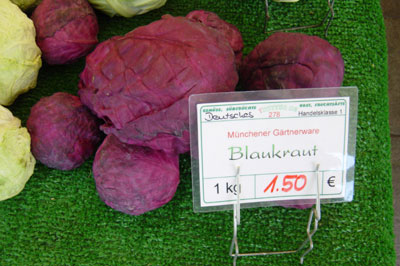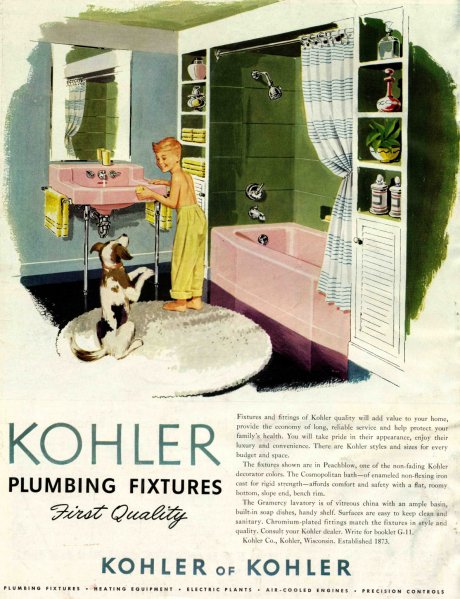Jessica L. sent in an example that simply and clearly illustrates the way that lighter skin tones that come closest to matching White skin are given the status of neutral, “regular,” unmarked skin. She was shopping for a sports bra and noticed that the colors included white, black, and a beige color, which instead of being called beige or tan or something of that sort is called “skin” (reader May points out that “tan” is used to refer to skin color as well):
For other examples, see our post on “flesh”-colored clothing.








